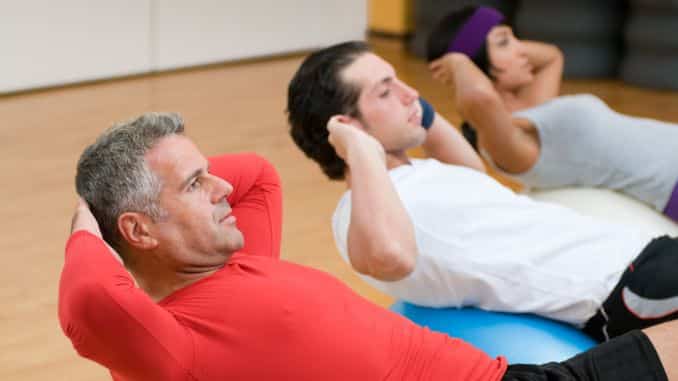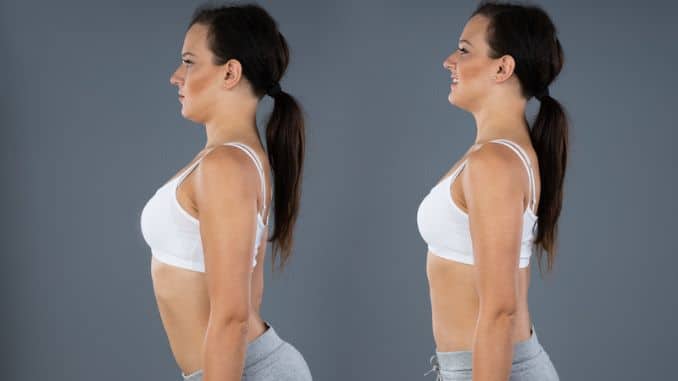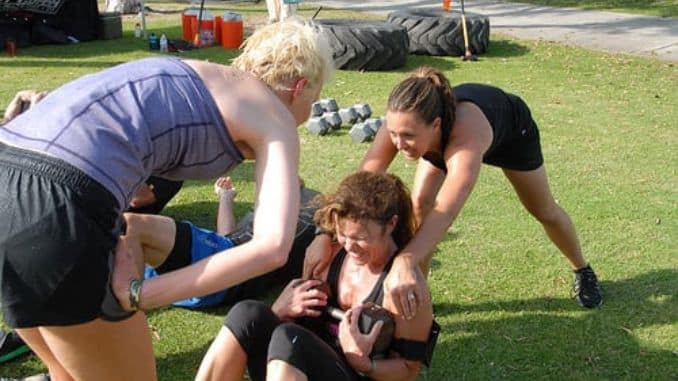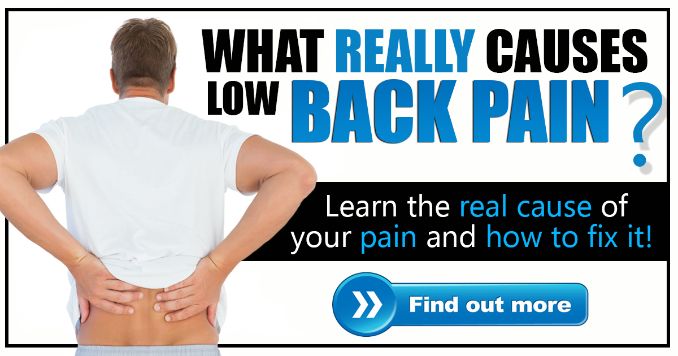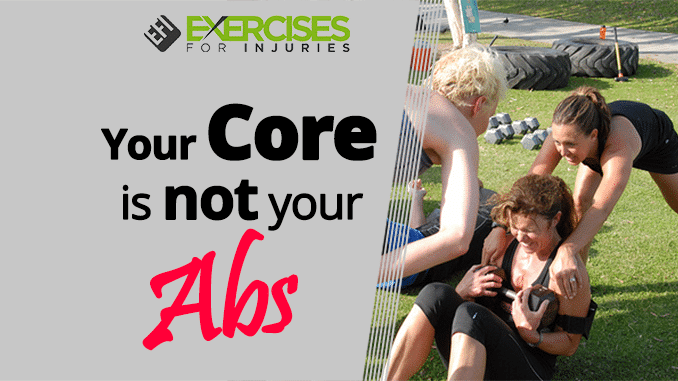
Today, I have a new guest post from Beth Drayer, a Certified Athletic Trainer and Certified Strength and Conditioning Specialist.
She shares interesting information about “The Core” and exercises to relieve back pain.
Read the article below to find out more.
Rick Kaselj, MS
Core Misunderstanding
There is a common misunderstanding about “Core” workouts today.
Sit-ups, crunches, leg lifts, etc., are abdominal workouts that will give you a stronger rectus abdominis muscle and stronger, tighter hip flexors. You will have strong back muscles if you add some back and hip extensions.
But there is a difference between core strength and core stability. And without core stability, core strength is useless.
The concept of “The Core” has a solid base to allow movement in your body. Since everything in your body is connected, your core muscles consist of all your muscles. So for argument’s sake here, your core is your shoulders to your hips and is the muscles of your back/neck, shoulder stabilizers, chest, hips, and abdominals. To make your core stronger, you need to work these muscles and have them work together.
Core Stability
Collaboration occurs between these muscles that, when contracted appropriately, keep your body aligned and allow correct movement patterns that decrease injury risk at all joints! This is core stability. Once you have core stability, then you can work on core strength.
The risk of low back pain is minimal when your pelvis is kept in a neutral position. The problem is that so much of our lives are spent sitting. This tends to leave your hip flexors tight. When your hip flexors remain tight, it causes the muscles in your lower back to shorten and tighten. This also causes an increased curve in your lower back (increased lordotic curve). This can lead to several different causes of pain.
- You can have Sciatic symptoms (pain that radiates into your thigh) due to either increased tightness of your Piriformis muscles (the large muscle that runs across your entire butt at an angle from your tailbone to the outside of your hip) or the narrowing of the tunnel that your sciatic nerve runs out of in your spine due to the increased curve of your low back.
- This increased curve can also cause pain due to the spinous processes. (the pointy part of the vertebrae that stick out and overlap on the posterior side) hitting each other. Which can eventually turn into a stress fracture (a weakening or breaking of the bone due to repetitive force).
- The shortening/tightening of your hip flexors places your pelvis into an anterior (forward) tilt. This causes your lower back muscles that attach your pelvis to the rib cage to shorten and spasm. It also causes low back pain.
Now you may wonder, “You said everything in my core is connected. How do this tightness in my hips and lower body affect my upper body/shoulders?” — Excellent question!
Lordosis
Lordonic Curve
When there is an increased lordotic curve, there is usually a related kyphotic curve (curve in your upper back). This is your typical hunched shoulder appearance. This increased curve is also related to weakened and lengthened stabilizing shoulder girdle muscles and very tight chest muscles. This causes an unstable shoulder and an increased risk of shoulder impingement injuries.
So what does this mean for you?…..
Stop doing sit-ups! Your “Ab” muscle (rectus abdominis) connects the lower ribs to your pelvis. Every time you contract this muscle, it causes a forward tilt of the pelvis and usually (due to weakness of the rectus abdominis) a contraction of the hip flexors. Again causing more tightness in the anterior hips! The same occurs when you do crunches and leg lifts and so on.
You should be doing exercises that control the stability of your back, hips, and shoulders.
The first step is gaining core stability, finding your neutral spine, and being able to hold and control that position with your core stabilizers; the Transverse Abdominus, pelvic floor muscle, Diaphragm, and the small multifidus muscles of the spine. To get these working correctly, lie on your back with your knees bent and take a deep breath; your belly should rise. Exhale, and your belly should fall.
Conclusion
Now find the pointy parts on the front of your hips. Take two fingers and move about one-third of the way between that part of your pelvis (your anterior superior iliac spine or ASIS) and your belly button, and press in so you can feel the muscle layer. As you exhale, try to pull your belly button toward your spine (this is for your TA). If you can, simultaneously contract the muscle you would use to stop yourself from peeing midstream (do this with an empty bladder). Now hold this contraction for a count of 10 while still breathing.
Once you get this exercise done correctly and can consistently hold this contraction, you can move on to exercises such as:
- Planks (hands directly below your shoulders, heels squeezed together, glutes and quads contracted, and shoulder blades pulled down)
- Bridges (knees bent and feet flat on the floor, neutral spine, belly button pulled toward your spine, using your glutes to lift your butt off the floor, moving from your hips to your shoulders as one unit like a brick)
- WTI’s (scapula strengthening exercises performed lying face down, arms in either a W, T or I position, then squeeze your shoulder blades together).
Doing these exercises daily will quickly improve your core stability and strength by placing you in a more functional and injury-free position.
For your guide to eliminating your lower back pain, check out Low Back Pain Solved here!

